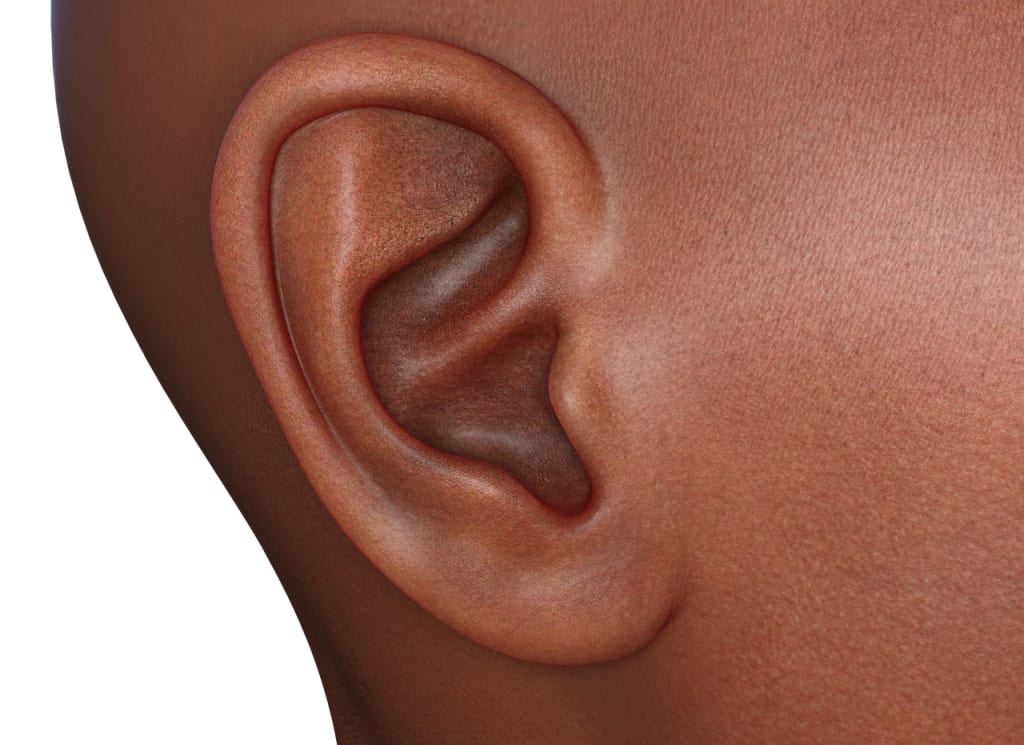The Dangers of Using Q-tips in Your Ears
A Comprehensive Guide

When it comes to ear hygiene, many people resort to using Q-tips to clean their ears. However, contrary to popular belief, inserting Q-tips into your ears can be extremely dangerous. In fact, the warning on the Q-tip box explicitly advises against inserting them into your ears. In this comprehensive guide, we will explore the reasons why you should avoid using Q-tips in your ears and provide safer alternatives for earwax removal.
Understanding the Ear Canal
The ear canal, which is approximately an inch long, is responsible for the production and natural flow of earwax. The wax is meant to flow out of the ear canal on its own, from the inside out. However, using Q-tips can disrupt this natural flow and lead to complications.
The Problem with Q-tips
When Q-tips are inserted into the ear canal, they often end up pushing the wax further in, hindering its natural flow. Instead of being expelled from the ear, the wax starts to build up, becoming denser over time. This built-up and compressed wax can sometimes resemble a rock, causing discomfort and potential harm.
The Dangers of Q-tip Usage
Using Q-tips in your ears can have serious consequences. There have been cases where individuals have accidentally perforated their eardrums while attempting to clean their ears with Q-tips. This can lead to pain, hearing loss, and even infection. It is crucial to understand that inserting Q-tips into your ears is not only unnecessary but also potentially harmful.
Safer Alternatives for Earwax Removal
Fortunately, there are safer methods for removing earwax and maintaining ear hygiene. Here are some alternatives to Q-tips that you can consider:
1. Soap and Water
One of the easiest and safest ways to clean your ears is by using soap and water. While showering or washing your hair, allow water to enter your ears and let it flow gently. Afterward, use a towel to carefully mop out the water from your ears, along with any wax that might be on the outer surface.
2. Over-the-Counter Ear Drops
Another option is to use over-the-counter ear drops specifically designed for earwax removal. These drops soften the wax, making it easier to naturally flow out of the ear. Follow the instructions provided with the ear drops and consult with a healthcare professional if you have any concerns.
3. Seeking Medical Assistance
If you experience a clogged ear or have wax stuck deep inside your ear canal, it is crucial to seek assistance from a medical professional. They have the expertise and tools necessary to safely remove the wax without causing any harm to your ears.
The Importance of Professional Earwax Removal
While it may be tempting to take matters into your own hands, professional earwax removal is always the safest option. Earwax removal specialists, such as ENT doctors or audiologists, have the knowledge and experience to effectively remove earwax without causing any damage. They use specialized tools and techniques to ensure a thorough and safe cleaning process.
Maintaining Ear Hygiene
Prevention is key when it comes to ear hygiene. Here are some tips to help you maintain clean and healthy ears:
Avoid inserting any objects, including Q-tips, into your ears.
Regularly clean the outer part of your ears with a damp cloth.
Be cautious when using headphones or earbuds, as they can contribute to wax buildup.
If you frequently experience excessive earwax, consult with a healthcare professional for guidance and regular check-ups.
Conclusion
In conclusion, using Q-tips in your ears is not only unnecessary but also risky. The warning on the Q-tip box serves as a reminder of the potential harm that can occur from inserting them into your ears. Instead, opt for safer alternatives such as soap and water or over-the-counter ear drops. If you require professional assistance, consult with a healthcare professional who specializes in earwax removal. By prioritizing ear hygiene and avoiding the use of Q-tips, you can maintain healthy and safe ears for years to come.
Additional Information:
It is estimated that around 12 million people in the United States seek medical assistance for earwax removal annually.
Excessive earwax buildup can lead to symptoms such as earache, tinnitus, and temporary hearing loss.
The earwax produced by the ear canal has natural antibacterial and lubricating properties, which help protect the ear from infections and keep the ear canal moisturized.
Q-tips were initially invented in the 1920s as a tool for applying cosmetics, not for ear cleaning.






Comments
There are no comments for this story
Be the first to respond and start the conversation.